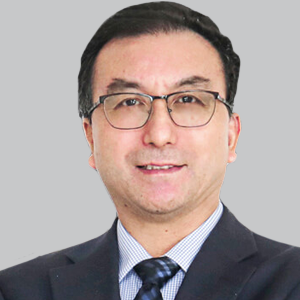Video
Clinical Signs and Symptoms of SMA in Children and Adolescents
Author(s):
Dr Craig Zaidman details the symptoms a physician looks for in a pediatric patient when making an SMA diagnosis.
Crystal Proud, MD: Dr Zaidman, can you speak to the experience of our 2 families and your experience with new diagnosis in kids?
Craig Zaidman, MD: Sure. Hannah and Briggs, your experiences are typical in a number of ways. Spinal muscular atrophy can present at different times. It can present in a young child, as it did with Hannah, and it can present in an older child, as it did with Briggs. The characteristic that allows a physician to know, “This might be spinal muscular atrophy,” is that the delay or the other abnormalities witnessed, like [difficulties] running or walking, are limited to the function of the muscles. The social skill development is normal, and the language skill development is normal. Everything is proceeding normal and as expected, except that a child isn’t sitting on time, isn’t walking on time, isn’t running, has difficulty going up and down stairs, or has difficulty keeping up with other children. They might fall frequently. But they don’t have any social developmental problems or problems with their thinking. That pattern is what should prompt a child to see a doctor like Dr Proud or me, who specialize in disorders of the nerves or muscles in the arms and legs.
The other thing I’ll comment on is that it’s very common to have told a doctor, “Something is wrong,” and been given a different explanation. Almost every patient I see comes to me having been told that something else was wrong or that they’ll grow out of it. That’s also a very common part of the story. Having a family that keeps returning to the physician and saying, “I don’t think this is right; something is wrong,” is almost universally a patient’s journey.
Crystal Proud, MD: Yes, I agree. It’s not uncommon for our patients to have been to other specialists before they get to see a neurologist or neuromuscular specialist. It’s quite common for people to send patients with weakness to a physical therapist initially to see if we can make improvements or gains, or to an orthopedist to see if there’s a bony issue that needs to be addressed, or to a podiatrist, as in Briggs’ case, to help assess the alignment or shape of the foot. There may be a bit of a diagnostic delay before you find yourself in front of an individual who can help assess the strength of those muscles and come up with a plan for how to evaluate that strength if there seems to be a difference compared with what would be expected for your age and size.
Transcript edited for clarity.




